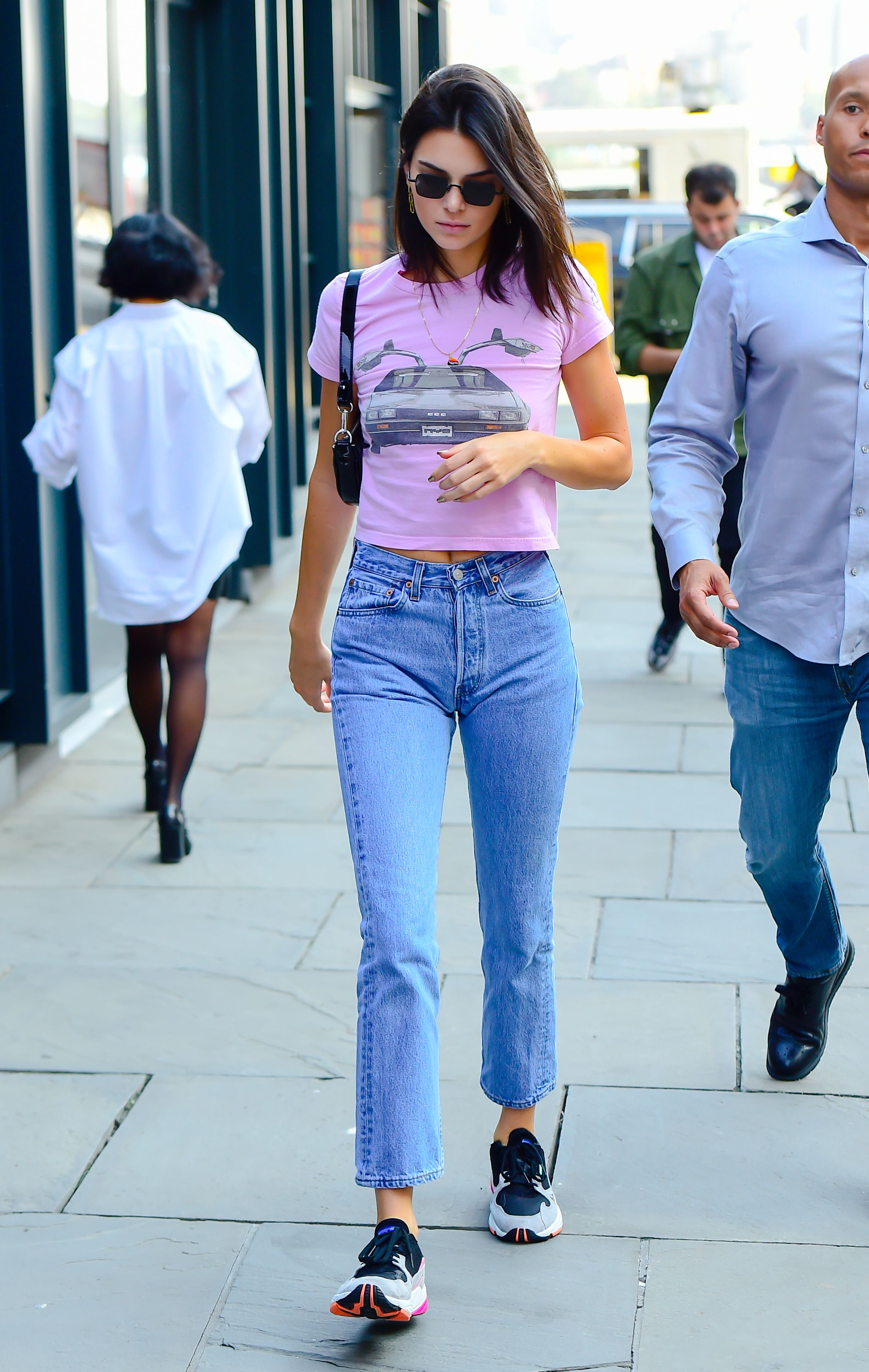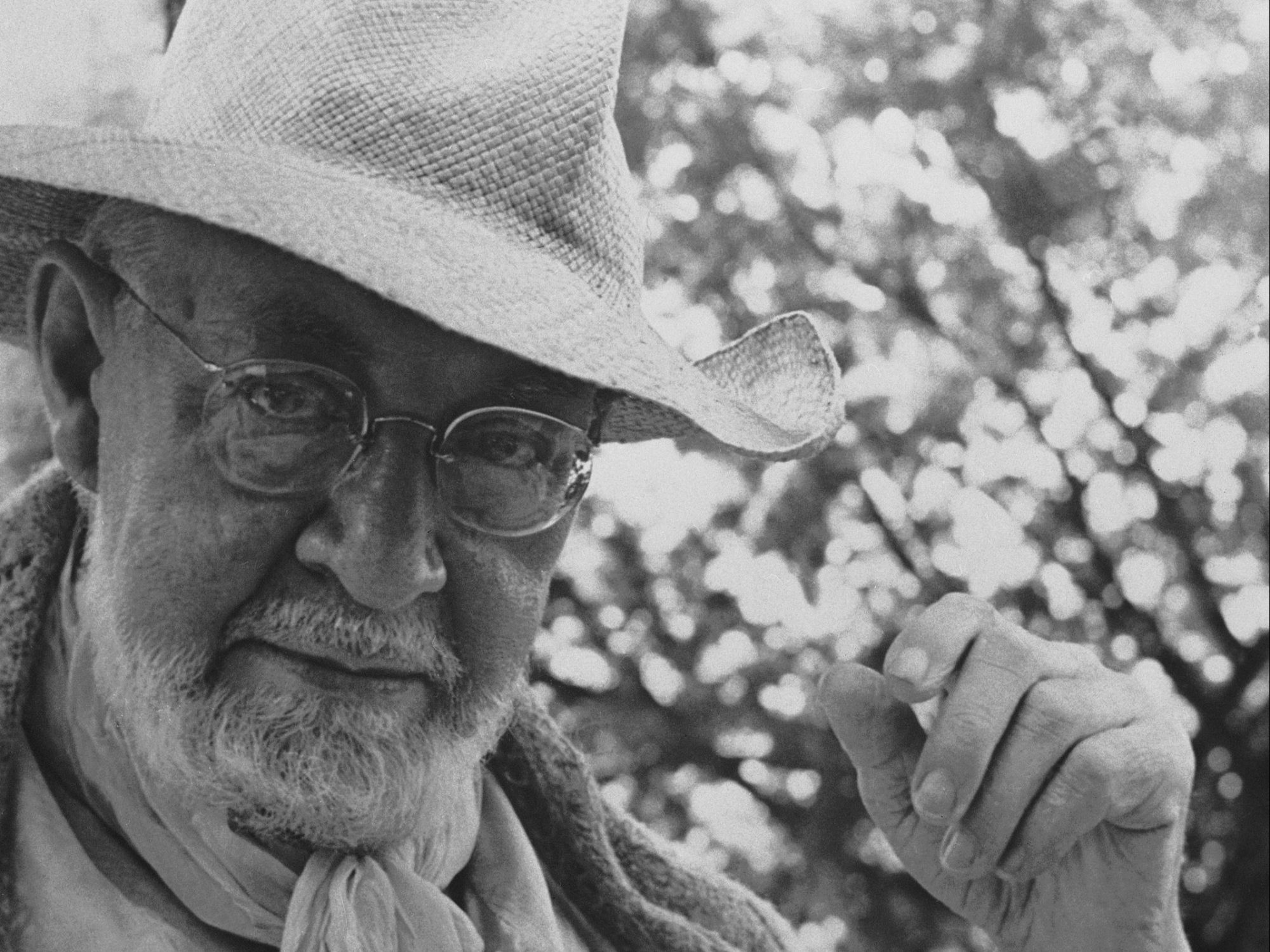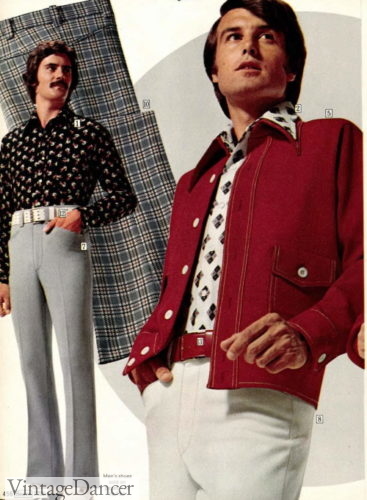
Fashion forecasting studies the trends that will influence how people dress. It is a method fashion professionals use to predict what style will be next. It is also an integral part in the planning process of apparel companies and retailers.
What is fashion forecasting?
Fashion trends are the styles of clothing or accessories that are most popular during a specific time. These trends are subject to change season by season and usually focus on color, style and the impact of current events or pop culture.
It is best to examine runway collections and shop feedback to determine trends. The fashion industry has evolved and includes many methods to identify trending items. These include trend forecasting panels which consider demographics, geographic differences, as well as other factors, in order to identify possible trends.
What does trend forecasting mean for my fashion company?
It is essential to keep up with the latest trends in fashion design so you can create products your customers love. The trend forecasting technique can help you avoid making products your customers will not like. Additionally, it allows you to produce items far ahead of the time.

How can I use trend prediction to improve my business?
One of the best ways to use trend forecasting to benefit your business is by understanding how it works. You can break down trend forecasting into a few steps such as research, sorting, or editing.
You must first identify the study area. Next, determine how large of that area you are going to analyze. This will allow to you to determine the kind of data that you need and what information you can collect.
Next, find out which trends are most popular in your area. This can be done by reading magazines and other sources of information, as well as observing what is happening in your local community.
Also, you will need to get feedback from customers to find out which trends they are most interested in. This can be done by looking at what your customers are buying and how often they're purchasing.
Once you have all of the information you need, you can begin to determine which trends will be most in demand for you brand. You can do this by combining your trend data with customer feedback, which can help you to better understand what types of products your customers will be purchasing.

How can I use fashion prediction to improve my business?
It is crucial to remember the successful trends in the past if you are a fashion designer. This will enable you to predict what trends will be in fashion in future, and you can then use that information when designing new clothes.
Another thing that you can do to make your fashion forecasting more effective is to analyze what colors are in the market and how they're being used. This will allow you to make a decision about whether or not to include these colors in your new designs. You should avoid using red and blue in a way that is too similar.
FAQ
How is a trend different from a fad?
A trend is an idea that has been successful. Trends are not just passing fashion but a way of living that is ingrained in our culture. Trends are here to stay. They become a permanent fixture in our lives.
A fad lasts only a short time. It is quick to disappear. It doesn’t last long enough for it to make a real difference in our lives.
What's the difference between women and men?
Both men and ladies like to be fashionable. They both care about their appearance. Men tend to be more stylish than women. However, women are not always dressed worse than men.
The appearance of women is more important to them than being feminine. Women are more focused on looking good.
Men love to look masculine. Men prefer to look strong.
Why is fashion trend so important?
Fashion trends play an important role in our daily lives when we shop for clothes, accessories, and other fashion items. Trends allow us to express our individuality and aspirations. These trends can be used as inspiration for artists or designers.
Fashion trends have been around as far back as ancient times. They continue to evolve today. These include athleisure wear and casuals, streetwear, tailoring as well as vintage, grunge, and streetwear.
What fashion trends should I be aware of?
No, you don't need to follow fashion trends. Fashion trends change frequently. So you shouldn't feel obligated to follow them.
But you must still look professional. You'll be able to stand out in crowds if you dress well.
Statistics
- The lowest 10 percent earned less than $32,150, and the highest 10 percent earned more than $124,780. (en.wikipedia.org)
- For her AW15 menswear show, according to Water, "where models with severely bruised faces channeled eco-warriors on a mission to save the planet." (en.wikipedia.org)
- The middle 50 percent earned between $42,150 and $87,120. (en.wikipedia.org)
- Also, they are known for offering up to 50% off quite often – always wait for the sales with Express! (collegefashion.net)
- STUDENTS GET 10% OFF GET YOUR CODE (asos.com)
External Links
How To
How to Dress Cute
The art of dressing up to look good without looking too much like a doll.
This tutorial will show you how to make your outfit beautiful.
-
It is important to ensure that the clothes you wear fit well. It is hard to look good if your clothes don’t fit.
-
Consider adding accessories to complement your outfits. For example, if you're wearing a skirt, add a belt that complements the length of your skirt. Add a scarf, or necklace to your top if you are wearing it.
-
Wear something that makes your eyes pop! I have seen many girls in their regular jeans and tees who look amazing, but then they add sparkly earrings to make them even more adorable.
-
Smile. Even if your stress makes you want to cry, smile anyway. You'll find that people find it very attractive.
-
You can be creative! Visit a clothing shop and try on different pieces. Go home and do some online research to find the right colors.
-
Experiment with new things! You don't have to be afraid of trying new styles. Be careful not to go overboard.
-
Have fun It's supposed to be fun! Have fun, and enjoy it!
-
Remember that everyone is unique. One person's style may not be the same as another.